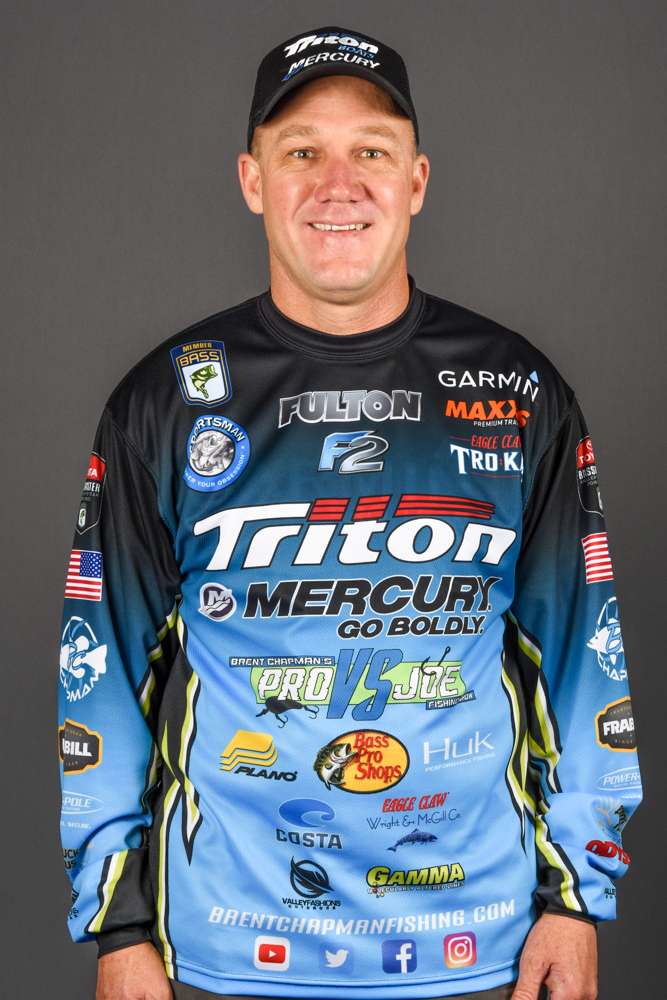The transition period is the period when fish move from their shallow water spawning grounds out to deeper water for the summer stage. During this time, fish can be caught with many techniques, but the three techniques I find myself using most during the transition are flutter spoons, swim jigs and topwater.
Almost exactly a year ago I won a Bassmaster Elite Series event on Toledo Bend. During that event, I caught most of my fish on a flutter spoon. Since then I have designed my own flutter spoon for MESU Baits.
My bait is UV enhanced, has dual split rings (to help land more fish) and it comes in a variety of great colors. I'm excited to get out and put the bait with my name on it to work. When it comes to fishing it, it's actually a great way to cover water and target fish that are holding on points and deep depth changes. Depth changes like a hump, creek channel or ridge between 10 and 30 feet —depending on where you are fishing.
Make long casts and rip the bait with an upward motion and let it fall back to the bottom before ripping it again. Most strikes will come on the fall —or flutter —back to the bottom.
A swim jig is really the new age spinner bait. Tie on your favorite jig with a good trailer and cover water. Throw it in or near the thickest cover you can find. Swim it through, over and around the cover and hold on. With its lack of blades, it's a more subtle approach, but the fish strike it just as violently.
I'll use a Wright & McGill Tessera Jig and Worm rod for this technique. It's 7 feet, 2 inches long and fits the bill perfectly. I'll pair the rod with a high speed 7:1 Wright and McGill Victory reel. For the jig and trailer, I use a MESU flipping jig and a UV-Twin Tail Grub from Tightlines UV. I'll even use a UV-Craw Trailer on occasion.
Keep in mind, this presentation isn't imitating a crawfish. More than anything it's imitating a bluegill. This is a great technique to cover a lot of water in search of bass.
Nothing beats a good topwater bite. To see a big fish explode on top never gets old. Often, I'll use a Livingston Lures Pro Sizzle or Pro Sizzle Jr. to target fish feeding on top. I choose the size of the bait based on the size of the baitfish in the lake. Even if you put it down after the morning bite slows down, keep it handy all day.
You'll want it close by because even though this bite is better in the morning and afternoon, it can go on all day. Target large flats with deep water nearby or points outside of spawning areas for the topwater bite.
The next month or so, depending on where in the country you are, can be some of the most diverse fishing all year. Fish can be caught in all parts of the water column —top, middle and bottom. Target the bottom fish with a big flutter spoon, the fish in the middle with a swim jig and the topwater fish with a big walking bait.
You'll catch 'em.





